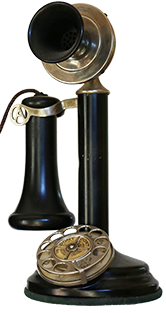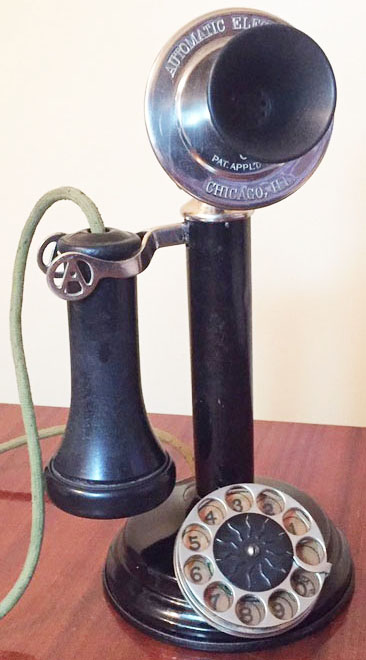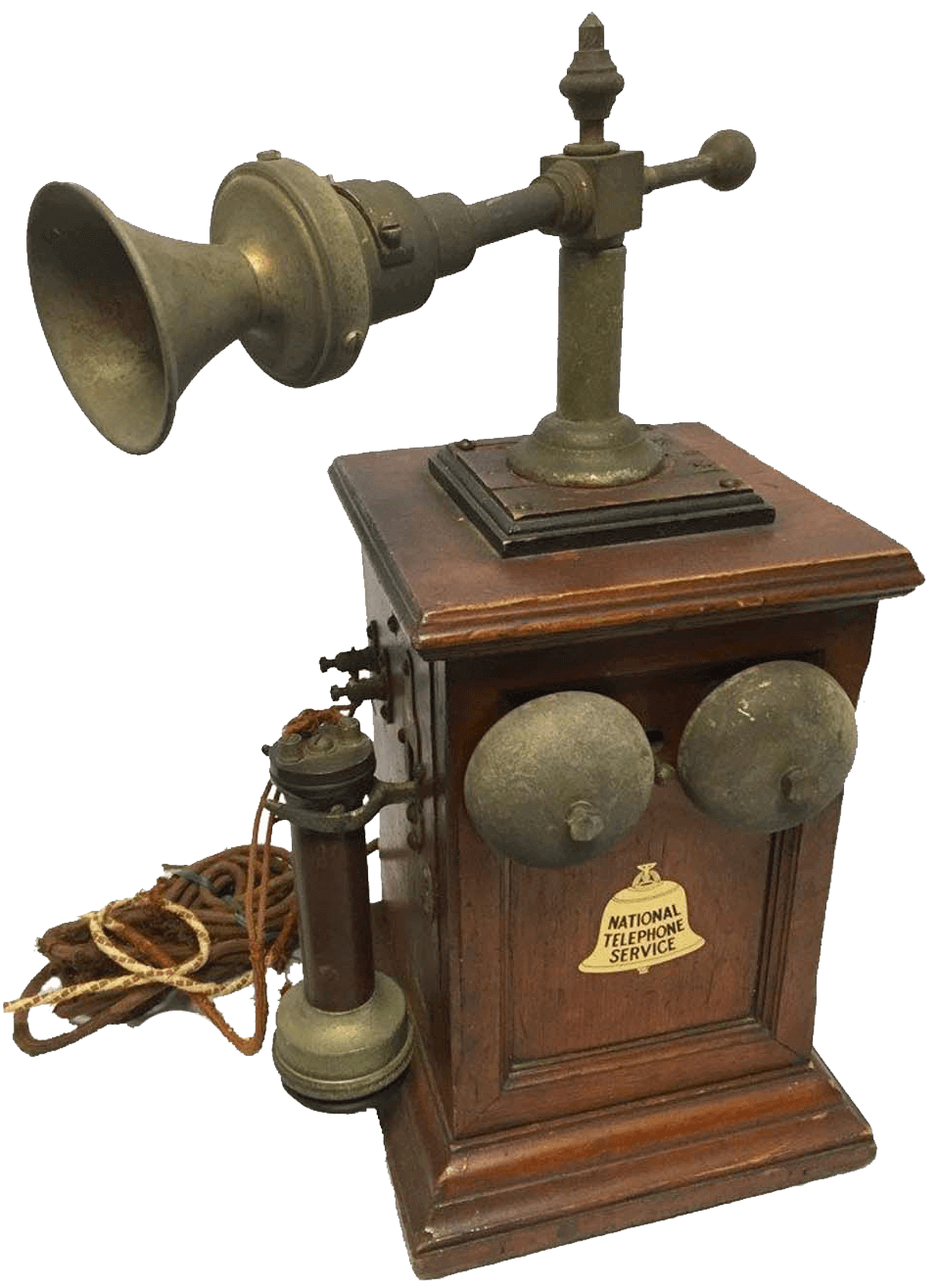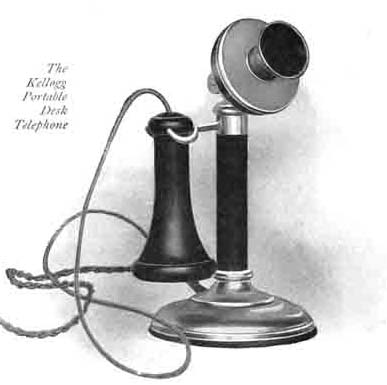About
Initially, telephones were installed in pairs so that each telephone could only communicate with its pair. This proved unsatisfactory and soon series connections from one telephone to the next were developed so that users could communicate with more of the community. This configuration was the first “party line” and was referred to as an omnibus connection.
It very soon became apparent that some sort of central switching point was needed so that any one telephone could be connected to any other and so the telephone exchange was born. Young boys were initially employed to make the connections between the calling subscriber and the called subscriber. This, however, proved to be a mistake as the following excerpts show.
Although remembered primarily as a female profession, the first telephone operators who worked for the Bell Telephone Company (later known as AT&T) in the 1870s were teenage boys. Unfortunately the boys frequently proved rude and unruly, so young women, believed to be naturally more polite, were hired instead. The first female telephone operator was Emma McNutt, who was hired in New York City by a manager who happened to be a neighbour and who thought Emma was a “nice girl.” Little is known about Emma’s career, although she was in the vanguard of women who established telephone operator work as an almost exclusively female job.
(IEEE History Wiki).
Boys, as operators, proved to be most complete and consistent failures. Their sins of omission and commission would fill a book. What with whittling the switchboards, swearing at subscribers, playing tricks with the wires, and roaring on all occasions like young bulls of Bashan, the boys in the first exchanges did their full share in adding to the troubles of the business. Nothing could be done with them. They were immune to all schemes of discipline. Like the MYSTERIOUS NOISES they could not be controlled, and by general consent they were abolished. In place of the noisy and obstreperous boy came the docile, soft-voiced girl.
(“History of the Telephone” by Herbert N Casson, 1910).
ABOUT
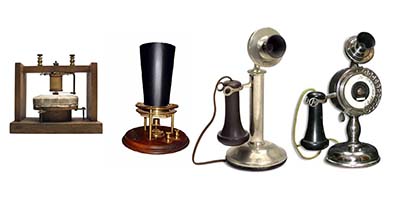
Telephone Exchange is an independent privately funded site that publishes articles, historical documents and other information about the history of telephony to help preserve our telecommunications heritage. Telephone Exchange is specifically interested in the development and spread of the telephone across the world.

The material appearing on Telephone Exchange is copyright. If you use any of the information provided, credit must be given to the original author. You may not use any of the information provided here for commercial purposes.
If you wish to contact Telephone Exchange, please use the Get In Touch button at the bottom of the page.
COMMUNITY
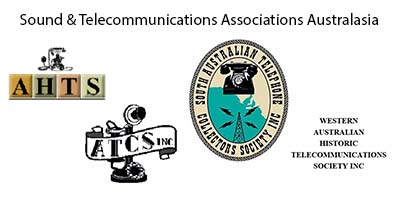
The telephone history and collecting community in Australasia is represented by the Sound and Telecommunications Association Australasia Inc. (STAA).
There are associated clubs in New South Wales (ATCS (NSW)), Queensland (ATCS (Qld)), South Australia (SATCS), Victoria (AHTS) and Western Australia (WAHTS).
Clubs meet regularly to talk about telephones, exchanges and associated equipment, to display and swap equipment and to socialise.
If you would like to join, visit or just find out more, visit the STAA WEB site. There are links to the STAA and its associated members on the Links page.

